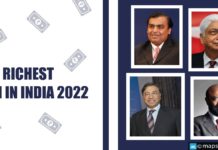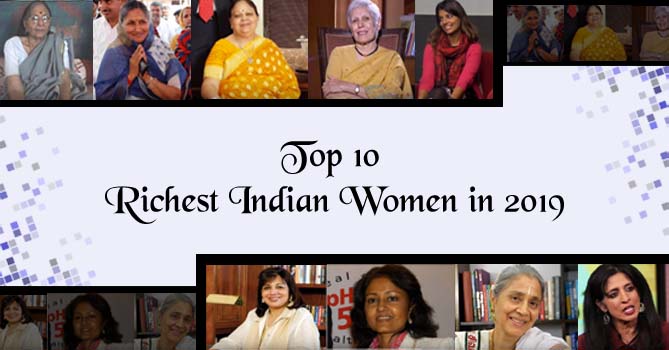“NaMo wave is sweeping India” – this seems to be the favorite mantra of most political analysts and election watchers these days. But is it? BJP sans NaMo seems to have lost its individual identity and the party’s prime ministerial candidate himself seems to attract extreme reactions. The only question that I find crucial to the development of my India seems to have drowned in the cacophony of political debate that is raging across the nation – Is NaMo capable of gaining the unequivocal support of 272 (out of 543) Lok Sabha MPs? Or will the world’s biggest-yet elections throw up yet another coalition where powerful regional groups will hold the finance ministry to ransom?
I must admit that these questions do little to assuage my fears or those of any keen follower of the Indian economy. According to unofficial statistics, the Indian economy concluded the 2013-14 fiscal year with an expansion of about 4.9% – another worrying year of an unstable rupee, volatile markets, and under-5% growth.
Standard & Poor, the international credit rating agency, has currently assigned India a BBB – rating with a negative outlook. This is the lowest investment grade rating awarded by the agency and a further downgrade would mean a “junk status”. The agency warns of a further possible downgrade if the rate of economic growth falls further with a severely fractured coalition hampering the introduction of much needed policy reforms, food and supply management, and a consolidation of fiscal policies.
The heartening news here, however, is that S&P’s ratings have nothing to do with the party or even the coalition in power but will take cue from the pace at which economic reforms are introduced by the new government and the scope of these reform policies. It stands to reason, though, that the more active coalition members are in the government’s economic decision-making, the more frustrated and impotent any decisive action is likely to be.
The credit rating agency has launched an exacting study into Indian markets and the future of the country’s economy in the current political context. The two S&P reports that spell out these concerns – “India’s Election Is Pivotal For Its Sovereign Creditworthiness” and “The New Government’s Reform Policies Will Be Critical To The Credit Profile Of Indian Corporates And Banks” – reveal that a stable and growth-oriented government is essential to salvage the credit ratings of not only the country but also the banks and corporates that reflect the country’s credit health.
In early April, Moody’s Analytics also issued a statement expressing concern over the deteriorating credit conditions in India. Moody’s current rating of India is Baa3 with a stable outlook while Fitch ratings also give India a BBB – but with a stable outlook.
Back home, however, NaMo hopes have kept the Nifty indices buoyant throughout March & early 2014. In March 2014, FII net purchases in Indian markets amounted to INR 25,376.45 crores – the highest in a long time. Economy watchers predict a clear 5-7% upmove in the indices, thanks to the hope that NaMo may yet be capable of salvaging the failing growth graph of the economy. The real test of any new Prime Minister chosen by India, will undoubtedly be the ability to harness errant political demands to build up a growth-oriented, cohesive, and futuristic economic plan of action.
What India needs at the moment is a politically stable and economically capable leadership; a sound finance ministry that can work with the country’s leading financial institutions towards economic growth. Whether that dream is to become a reality or not, depends on the verdict of 814.5 million votes, the results of which will be announced on May 16, 2014. India waits with bated breath!
Related Information:
Union Budget Expectations 2014-15




